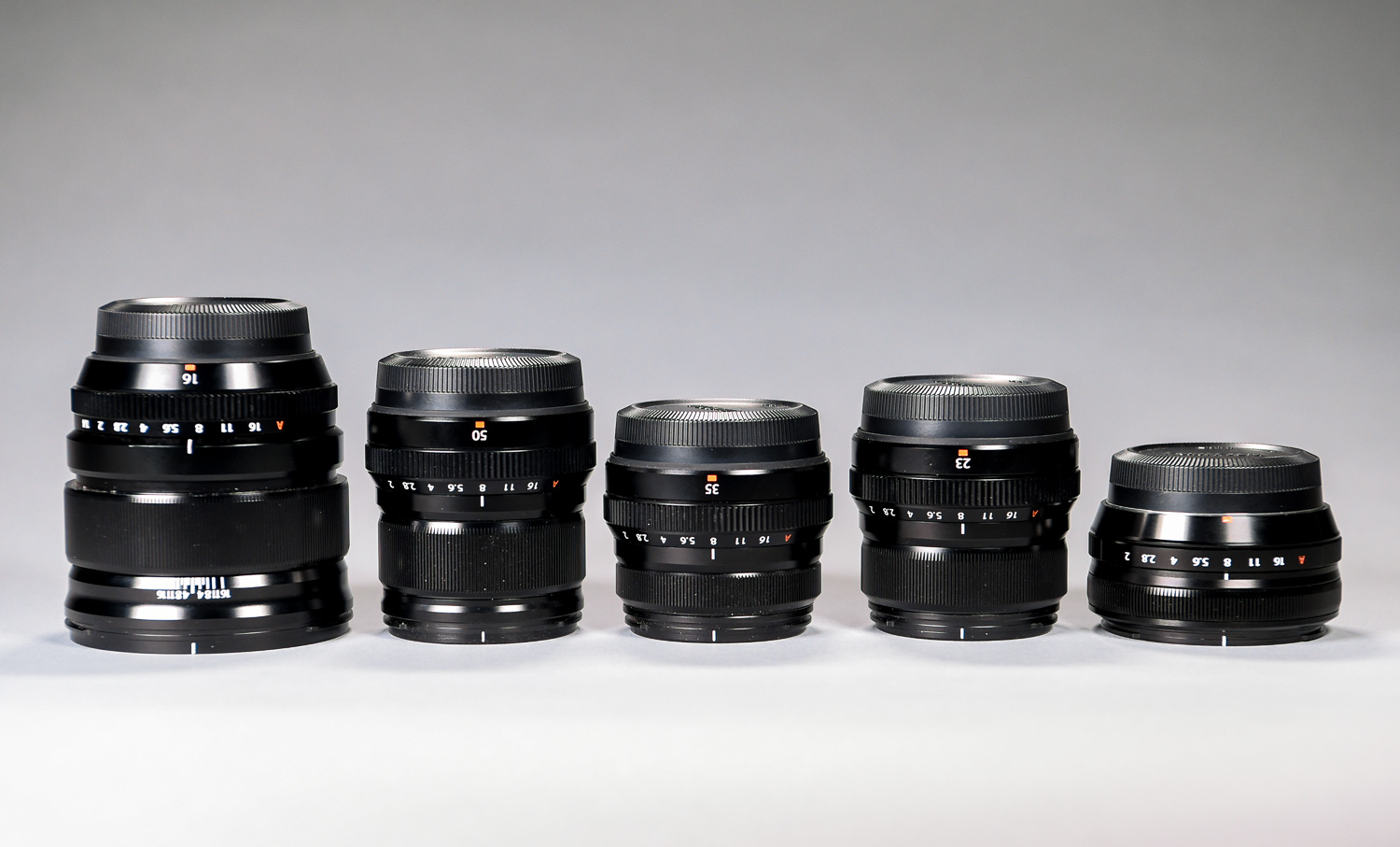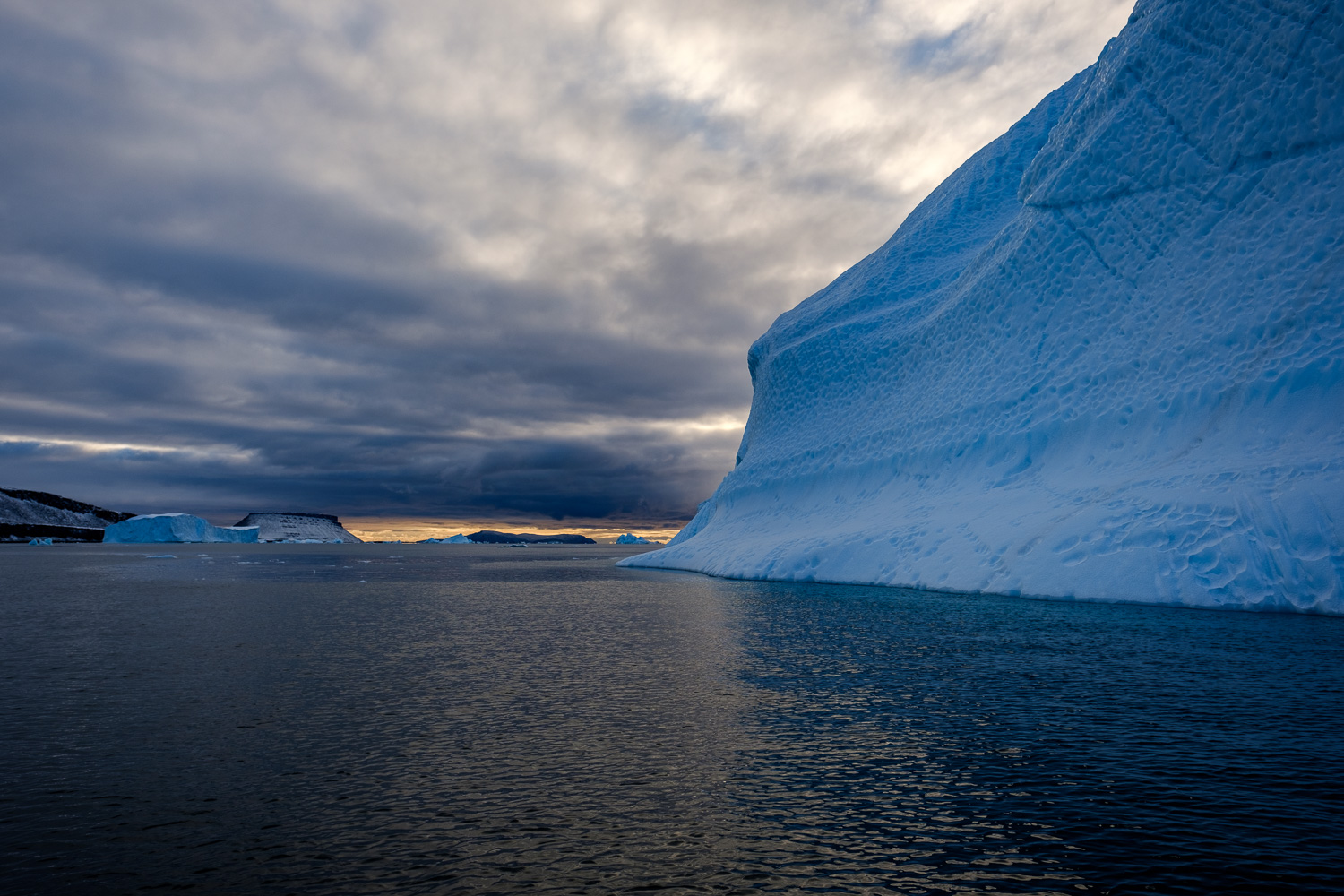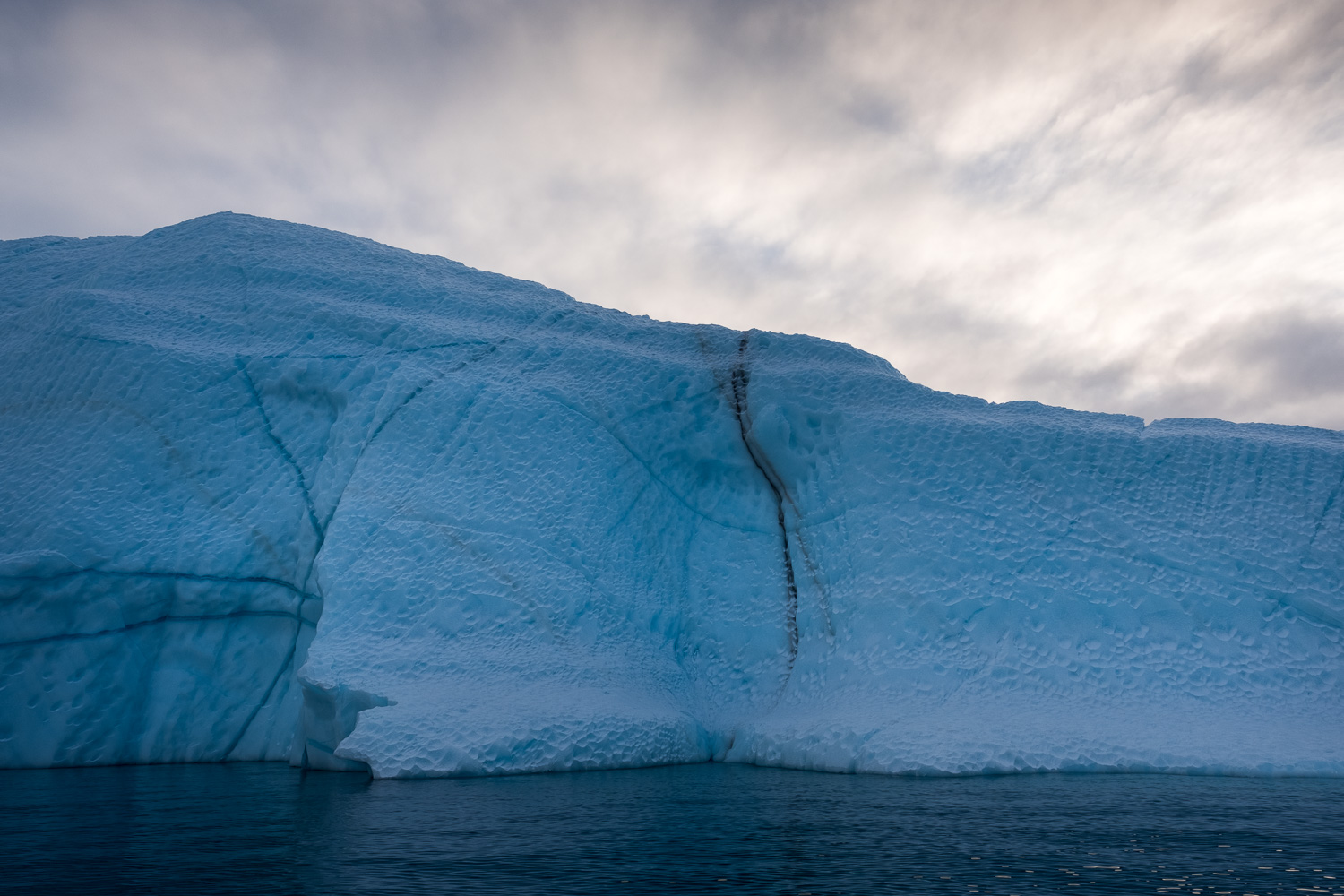From left: The Fujinon 16mm, f1.4; 50mm, f2.0; 35mm, f2.0; 23mm, f2.0; and 18mm, f2.0.
I'm not sure how it happened. Of course, it started with one lens, the Fujinon 35mm lens which I purchased at the same time as my Fujifilm X-Pro2 camera. Then the desire to go wider, combined with a rebate, led me to purchase the Fujinon 16mm lens. Somewhere along the way I became aware of the Fujinon 23mm lens, followed closely by the Fujinon 50mm lens.
Now I've acquired the Fujinon 18mm lens. That's when I realized I might have a problem. Or more accurately, a dilemma. Even before this recent acquisition, I was looking to pare down my lens lineup. But which one would go. I was leaning towards the 35mm, however, with the addition of the 18mm, does that mean the 23mm is the logical choice to go?
The Fujifilm 50mm, 35mm and 23mm lenses are all f2.0 and are sometimes referred to as Fujicrons, a nod to Leica's Summicron lenses which also have an f2.0 aperture. I've also referred these three lenses as the trifecta.
But the 23mm, along with the 35mm and 50mm make up what some call the "Fujicron" lineup, a nod to Leica's Summicron lenses. In this case, the Fujicron lenses are all sharp, lightweight, sturdy and do provide an acceptable range of coverage. I also previously wrote about how the Fujinon 23mm was possibly the perfect X lens, or how the 50mm completed my kit.
Before I go any further, I should mention that I've decided the 16mm will stay. I've written about it before and while it is a bit heavy and large for everyday carry, it is absolutely my go-to lens for landscape photography.
Table and Chairs, Memphis, Tenn., 2018. Fujifilm X-Pro 2 with Fujinon 18mm lens, 1/125 @ f5.6, ISO 200.
So, what about the 18mm? I love the compact size and it's the first Fuji lens I've purchased that came with a usable lens shade out of the box. On the negative side, it's a noisy lens and a bit slow when focusing as compared to my other Fuji lenses. It also doesn't have the same build feel of the other Fuji lenses, yet it doesn't feel cheap either. Obviously, I need to shoot more with this lens before I make a final decision.
If you're reading this and have an opinion, I'd love to hear it in the comments. And if you haven't realized it yet, I probably won't part with any of these lenses. What's the point? Unless, of course, another lens catches my eye.

















